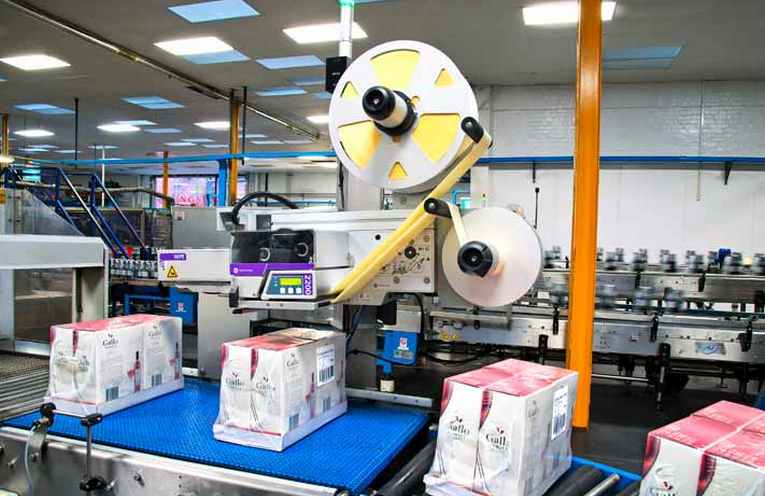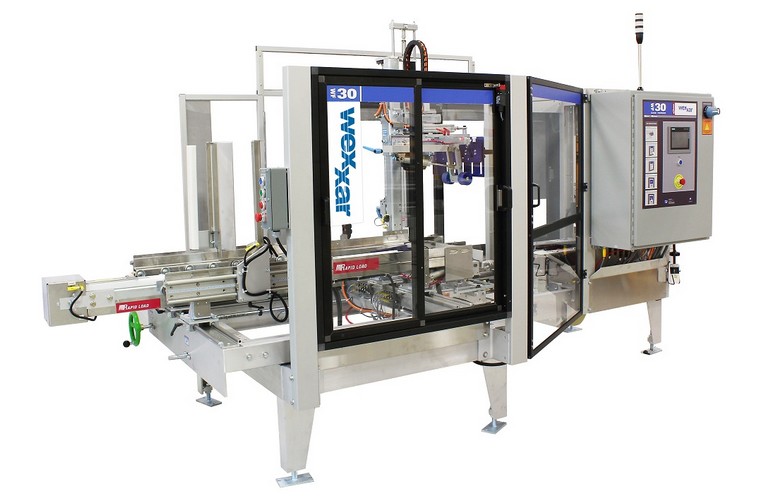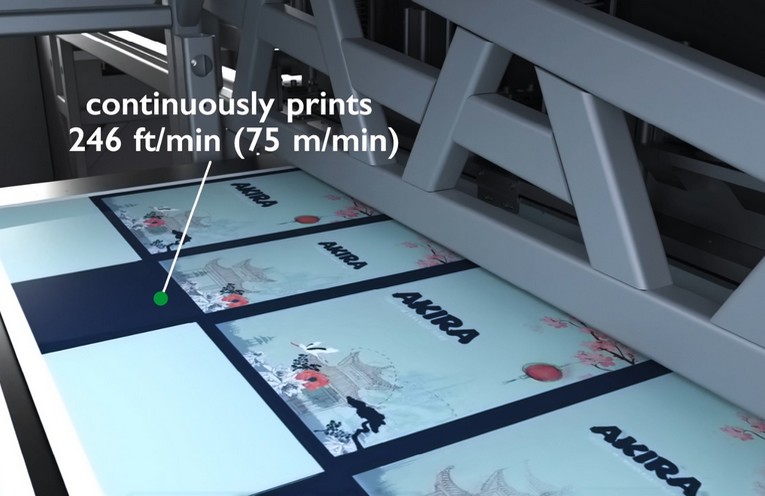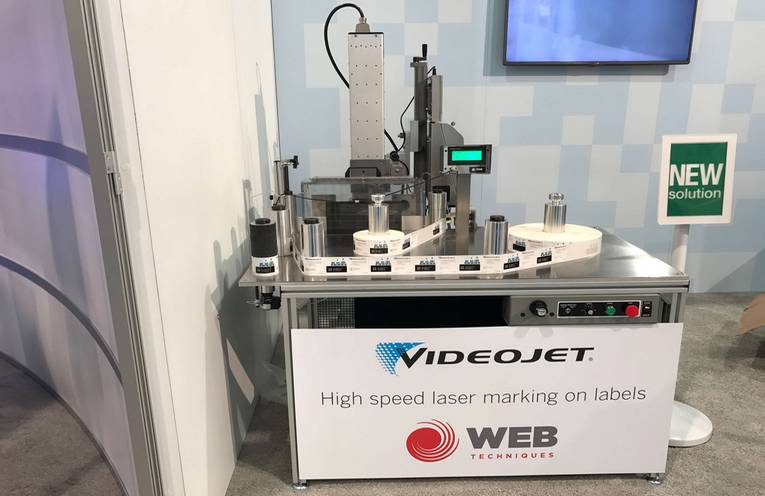A print and apply system that attaches barcodes to adjacent sides of cases without costly production line turning devices is available globally.
The world’s first print and apply labelling system capable of attaching printed barcodes to adjacent sides of a case, as recommended by GS1-128 and without major disruption to existing production lines, is now globally available from Markem-Imaje.
Having been tested on over 100 production lines, the 2200 Flex SE system features an electrically driven arm that puts labels onto the front and/or side of a case without having to turn the pack. At high speed, labels can be applied at the rate of up to 90 per minute on the front and 140 on the side and with as little as 250 mm (10 inches) between items. A pivoting, soft application pad ensures labels can be put onto flat or uneven surfaces including cardboard, trays and shrink-wrap. Operable with less than five minutes of training, its long label lengths decrease line stoppages while the auto-change option eliminates downtime.
Traditionally, applying labels to more than one side of a case at high speed would require rotating the cases and a gap of over 400mm (16 inches) between each. Moving the cases requires costly pack-turning devices, product separators, line speed reductions and/or lengthening of existing lines. Equipment that pushes cases into different positions can lead to case or content damage while line lengthening typically costs US$ 20,000 – 40,000 per line and is often not feasible in space-constrained areas.
A rise in pallet-splitting, greater automation and high-profile recalls is driving demand from grocery, foodservice and healthcare companies for GS1-128 barcodes. These barcodes streamline traceability given the extra information they can encode. GS1-128 advises providing the barcode on more than one side to ensure there is at least one readable label, should one become damaged.
“Customers who have helped validate the system have expressed amazement at our solution. Meeting GS1-128 recommendations had been proving a real challenge for them: it was either too expensive to replicate across many lines, and/or they did not have enough space to undertake the required line modifications,” says Mike Kirk, Print & Apply Current Product Marketing Manager, Markem-Imaje. “It was not an easy development process for us and we have modified the design a few times along the way, even doing some tweaks this past year.”
“Manufacturers using shrink-wrapped items, such as beverage six-packs, have seen another benefit of using the 2200 Flex SE. Here, the items often come out of the packaging machinery with the wide edge leading, with the short edge to the side. This edge has what is known as a ‘bullseye’: an area not sufficiently covered by the wrap,” explains Mr. Kirk. “If you apply a label to the side as it comes down the line, you thus risk putting the label through the bullseye and onto the inner product –something manufacturers need to avoid. With the 2200 Flex SE, this is no longer an issue as the system can put the label on the front without the bullseye and with no need to turn the tray. This helps production maximize throughput.”
About Markem-Imaje
Markem-Imaje, a wholly owned subsidiary of the US-based Dover Corporation is a trusted world manufacturer of product identification and traceability solutions, offering a full line of reliable and innovative inkjet, thermal transfer, laser, and print and apply label systems.
Markem-Imaje provides global reach to over 50,000 customers with 30 subsidiaries, 6 technology centers, several equipment repair centers and manufacturing plants with the most comprehensive marking and coding portfolio available in the marketplace.
Visit www.markem-imaje.com for further information.
forrás: markem-imaje.com 2017.09.25





